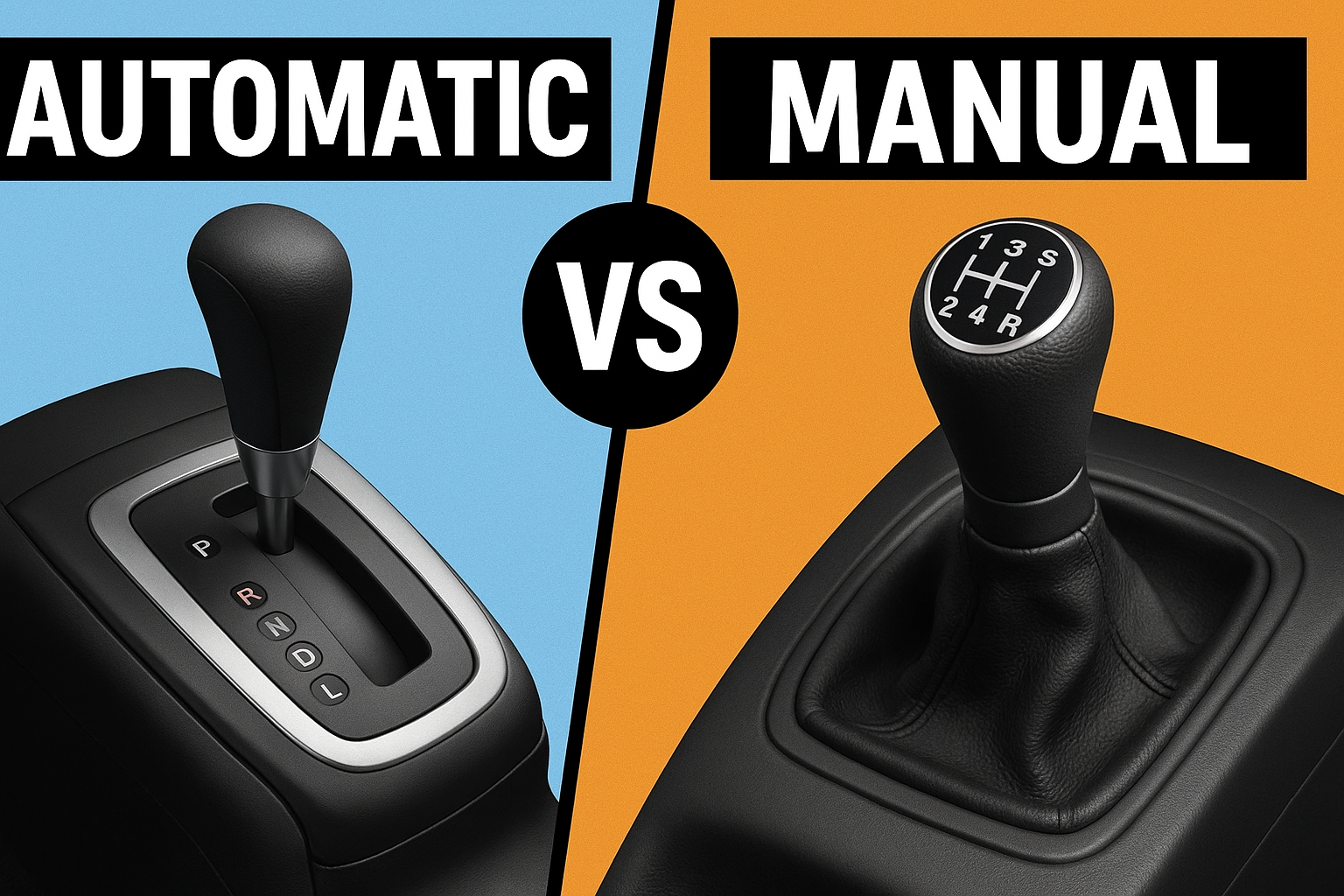

For decades, drivers have debated whether manual or automatic cars are better. While manual transmissions once dominated the roads, today’s world is shifting rapidly toward automatics. From city streets to highways, more and more drivers—especially beginners—are choosing automatic cars. But why is this change happening? And what does it mean for new drivers, especially teens just learning the rules of the road? Let’s dive in.
Manual cars have long been praised for their:
Lower purchase cost compared to automatic vehicles.
Better control for skilled drivers, especially in tough driving conditions.
Fuel efficiency (though modern automatics are catching up fast).
Engaging experience for those who enjoy the “feel” of driving.
For older generations, learning stick-shift was almost a rite of passage. But as technology has evolved, the advantages of manuals have started to fade for everyday drivers.
Automatic cars are no longer just a luxury—they’ve become the standard in many countries. Here’s why:
One of the biggest reasons new drivers prefer automatics is simplicity. No clutch, no gear-shifting—it’s just brake and gas. For beginners, especially those enrolling in a teen driving school, automatic cars reduce stress and allow them to focus more on road safety instead of juggling gears.
If you live in a city with constant stop-and-go traffic, driving a manual can be exhausting. Automatics make it easier to glide through congestion without the repetitive clutch work.
Because automatic drivers don’t have to constantly shift gears, they can keep more attention on the road. This is especially important for teens who are still building their driving confidence.
Modern automatics now come with advanced safety and convenience features:
Adaptive cruise control
Lane assist
Parking assist
Collision prevention systems
These features are game-changers for new drivers learning to stay safe.
Automatic cars are in higher demand, which means better resale value. Many manufacturers are even phasing out manual options altogether.
For teens, learning to drive is exciting but also nerve-wracking. Automatic cars ease the learning curve. At a teen driving school, instructors often recommend automatic vehicles because they allow students to focus on:
Following traffic laws
Maintaining safe following distances
Handling distractions
Practicing defensive driving
This way, teens develop strong driving habits without the added stress of managing a manual gearbox.
Some drivers argue that everyone should know how to drive a manual. And while that’s not a bad skill to have, here’s the reality:
Manual cars are becoming rare in dealerships.
Most rental and ride-share fleets are automatic.
For daily commuting, the benefits of manuals don’t outweigh the convenience of automatics.
If you’re pursuing motorsports or live in a country where manuals are still common, learning stick-shift might be useful. Otherwise, automatics are the smarter choice.
As electric cars become more popular, the manual transmission will continue to decline. EVs don’t use traditional gearboxes at all—making automatic-style driving the universal standard. For teens learning to drive today, this means the future of driving will be even simpler and more tech-driven.
So, automatic vs manual—who wins?
For most drivers, especially beginners, automatic cars are the clear choice. They’re easier to learn, safer for teens, and more suited to modern traffic conditions.
If you or your teen is getting ready to learn, enrolling in a teen driving school that offers automatic driving lessons is the best way to prepare for the road ahead.
The future of driving is here—and it’s automatic.
92 Main Street WoodBridge, New Jersey 07095 USA
techdrivingschool [ @ ] gmail.com
7327504455
#000048
